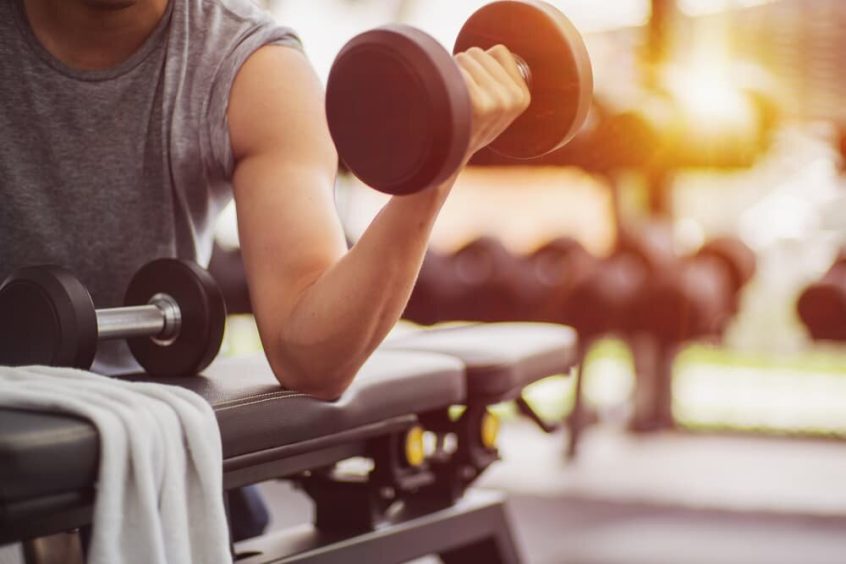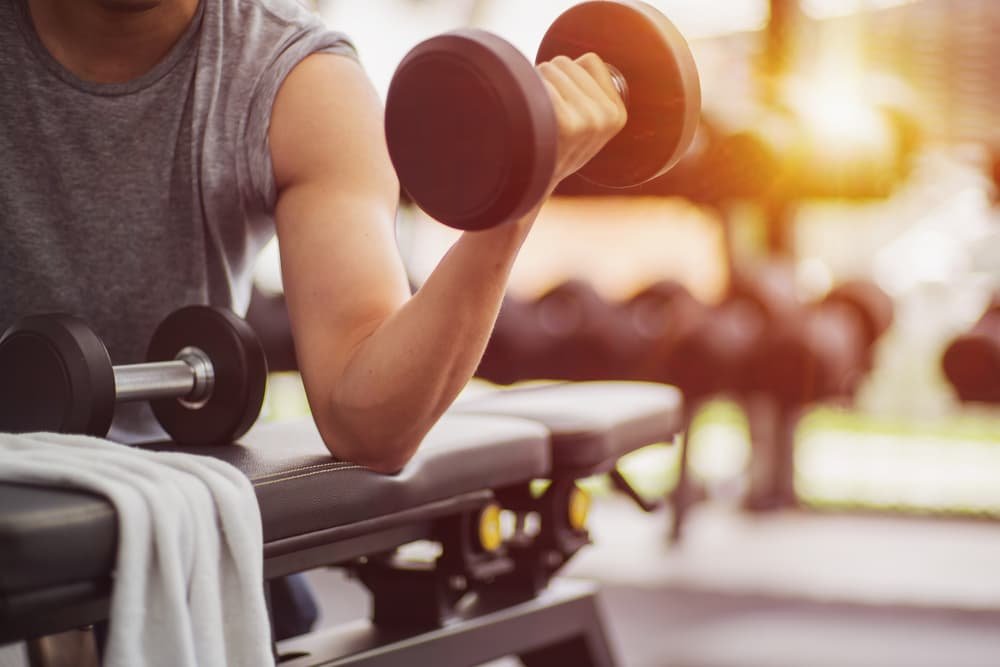When a loved one suffers a stroke, it can be an overwhelmingly stressful process to help them get back on their feet. Literally. A loss of mobility is a common side-effect and it can take many months or years of specialized therapy to restore the use and strength of all limbs, if possible.
Today, let’s explore some key stages of the journey towards post-stroke mobility recovery.
Exercises for Weakened Muscles
Leg and arm lifts, balance tests, and working with various weights are all part of the road to recovery. This can help many patients speed up their redevelopment of basic and even advanced muscle functions, enabling them to maintain independence and dignity post-recovery.
Regaining Balance When Seated
Those who endure a stroke and suffer paralysis first begin their journey to mobility recovery by not moving at all. To maintain comfort and safety, they often start by slowly regaining control over their sitting strength. This involves physiotherapy and exercises to enhance their stability when seated, which can prove useful during transfers in and out of bed or a wheelchair.
One Foot in Front of the Other
Many stroke sufferers struggle with the ability to walk or even stand. Therefore, it’s essential to focus on the mental and physical coordination of core muscle functions. That means re-learning first steps, slowly redeveloping balance and leg muscle strength, and effectively retraining the brain to understand how to send “walk” and “stand” signals. This ability of the brain to be retrained is known as “neuroplasticity” and it can take months or even years in some cases. It’s usually one of the biggest hurdles for patients to overcome. Typically, these critical “first steps” are performed via intensive physiotherapy with specialized equipment such as bars and grips, helping to protect the patient’s safety. Further, exercises designed to utilize special enabling equipment may enhance neuroplasticity and speed up mobility rehabilitation.
Other Therapies
In addition to the aforementioned motor skill and strength exercises, constraint-induced therapy may be applied. This involves restraining an unaffected limb to make it more functional – perfect for lefties or right-handed folks who now need to rely on their “bad” arm. Alternatively, range-of-motion therapy can cut down on muscle spasms and help patients gain control.
Mobility damage caused by neuromuscular degenerative disorders such as strokes can sometimes be severe, to the point where patients are wheelchair-bound and struggle to even sit comfortably. It is important that you begin the road to recovery as soon as possible with professional assistance, such as muscular rehabilitation.
Through our partnership with NeuroGymRehab, the Choice Homecare Ottawa team is happy to help you make more progress. Give us a call at 613-907-3191 to find out how Choice Homecare can help.


